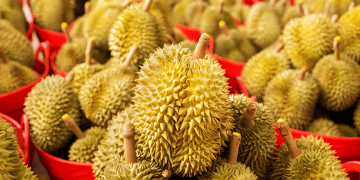The Thai Agriculture Department has announced that they disposed of about 64,671 kilograms of durians that were turned away by China due to contamination with a synthetic dye called Basic Yellow 2 (BY2). Tests showed that this dye was present in the rejected durians.
BY2 is used to artificially make durian fruit look more yellow and attractive. It seems that some exporters might have used this dye to enhance the appearance of the durians they were sending to China.
To avoid any health risks, officials buried the contaminated durians at the plant quarantine office at Laem Chabang deep seaport and at the Aranyaprathet border checkpoint.
As a result of finding BY2 in the durians, Chinese authorities have now started requiring that all durians exported from Thailand undergo laboratory testing for this dye. This is to ensure the safety and quality of the fruit entering the Chinese market.
Additionally, the Agriculture Department has suspended the export licenses of 26 durian wholesalers who shipped the contaminated batches to China. The investigation into how the contamination occurred is still ongoing. In the meantime, the department plans to update the export guidelines for durians to prevent similar issues and to protect the reputation of Thai agricultural exports.
This situation underscores the need to follow food safety rules and regulations in the export business. The actions taken by the Agriculture Department show their dedication to maintaining high standards for Thai durians and preserving trust with international trading partners.
Find the latest supply chain report news at The Supply Chain Report. For international trade tools, see ADAMftd.com.
#ThaiAgricultureDepartment #DurianExportIssue #FoodSafetyConcerns #BY2Contamination #ChinaImportRegulations #DurianExportBan #AgriculturalStandards #ExportGuidelinesUpdate #InternationalTradeTrust #ThaiDurianQuality

















